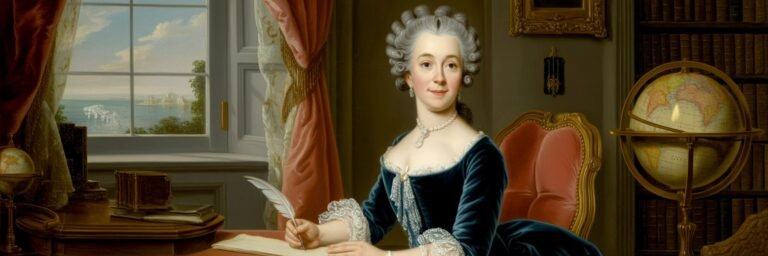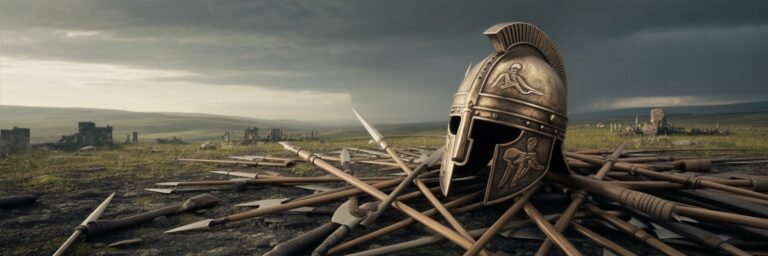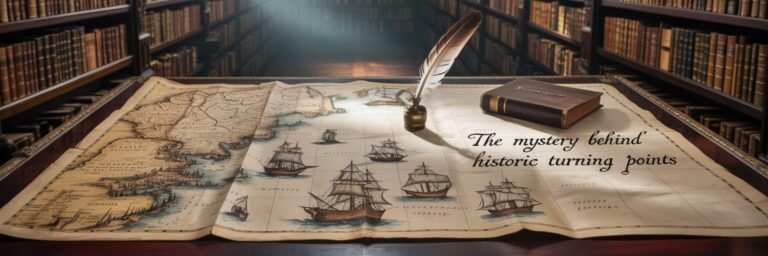INTRODUCTION
The Middle Ages, often referred to as Medieval Europe, was a period of profound transformation, extending approximately from the fifth to the fifteenth century. The period began with the collapse of the grand Western Roman Empire and concluded in the early stages of the Renaissance. Liker every phase in history, the Middle Ages were punctuated with both turbulence and triumph, debilitating wars and economic depression, as well as a powerful emergence of art, philosophy, and scientific discovery. Understanding the complexities and contradictions of Medieval Europe requires a nuanced exploration of its historical context, prevalent theories, as well as analysis of enduring mysteries, cultural and symbolic impacts, modern interpretations, and lasting influences.
HISTORICAL BACKGROUND
The history of Medieval Europe is intricately woven with the evolution of Christianity and the continuous struggle for political power. Following the decline of the Roman Empire, Europe was riddled with insecurity and conflicts. The rise of feudalism – a hierarchical system based on relationships and duties, developed as a stabilizing force. Kings, nobles, knights, and peasants each had their roles and responsibilities within this system. Feudalism formed the crux of social, political, and economic life during much of the Middle Ages.
However, the landscape of Europe drastically transformed with the wrath of the Crusades, a series of religious wars waged between Christians and Muslims from the 11th to the 15th century. Consequences of these wars included the promotion of chivalric ideals, the unintentional growth of religious intolerance, and fluctuations in economic and political control.
THEORIES AND INTERPRETATIONS
Historians have proposed numerous theories to interpret the complex tapestry of Medieval Europe. Traditional historians, such as Henri Pirenne, adhered to the belief that the Middle Ages was an era of cultural stagnation, often labeled as the Dark Ages, where intellectual growth was stunted, sandwiched between the glory of the Romans and the ingenuity of the Renaissance.
However, more recently historians have challenged this interpretation, asserting that the Middle Ages should not merely be considered as a time of cultural darkness. The radical revisionism trend led by figures like Robert Bartlett highlights that the Medieval society was far from stagnant, embracing a vibrant cultural mix, marked by the exchange of ideas and commodities. The printing of the Gutenberg Bible in the 15th century, the consolidation of universities, and the efflorescence of Gothic architecture, for instance, stand as testaments of intellectual and cultural advancement.
MYSTERIES AND CONTROVERSIES
Debates and dissensions have always shrouded our understanding of the Middle Ages. The little ice age that began around the 14th century, as recorded in historical climatology, is among the great mysteries surrounding this era. It significantly impacted agriculture leading to famine and is often attributed to numerous socio-political changes, including the breakdown of feudalism.
Cultural controversies related to the position of women in the Middle Ages have also been contentious. Traditional narratives often paint them merely as oppressed and submissive figures. However, historians like Judith Bennett argue that despite the patriarchal social structures, many women wielded significant power and influence, pointing to figures such as Eleanor of Aquitaine, Hildegard of Bingen, or Joan of Arc.
SYMBOLISM AND CULTURAL SIGNIFICANCE
The Middle Ages significantly influenced the representation of symbolism and shaped cultural development. The Catholic Church, a potent force across Europe, used symbolism extensively in religious art and architecture to communicate divine concepts. Stained glass windows, carvings on chapel facades, and biblical manuscripts are permeated with symbolic representation.
Feudal hierarchy, the ubiquity of the church, and the prominence of war, were realities that penetrated deeply into literature and philosophy. Arthurian legends, courtly love literature, and the philosophical treatises of Anselm and Aquinas, encapsulate several pressing issues of the times and contribute essential elements to Europe’s cultural heritage.
MODERN INVESTIGATIONS
Modern investigations into Medieval Europe have unlocked a treasure trove of valuable information — archaeological excavations have unveiled lost settlements, emphasized societal structures, and demystified dietary habits. Additionally, breakthroughs in genetic testing are revealing data on disease prevalence, like Bubonic Plague, and ancestry.
The advent of digital humanities has profoundly altered the study of the Middle Ages. Manuscripts can now be digitized and made accessible across the globe, creating a rich reserve ready for newer interpretations and findings.
LEGACY AND CONCLUSION
The influence of Medieval Europe reverberates through the corridors of time. Its legacy is perceptible within modern European identity, laws, and societal structure. Despite the challenges and conflict, the Middle Ages was a time of connectivity and convergence. It was the era that shaped the defining characteristics of present-day Europe.
In conclusion, Medieval Europe was a kaleidoscope of dynamism— encompassing vivid social structures, continuous religious and political struggle, and remarkable artistic developments. Its legacy, shrouded in a mixture of romanticism and realism, motivates continuous exploration and engenders a profound appreciation for a time long past, yet enduringly significant. Its story continues to be told, retold, questioned, and examined, making Medieval Europe not only a chronological term in history but a field of vibrant and enduring interest.






